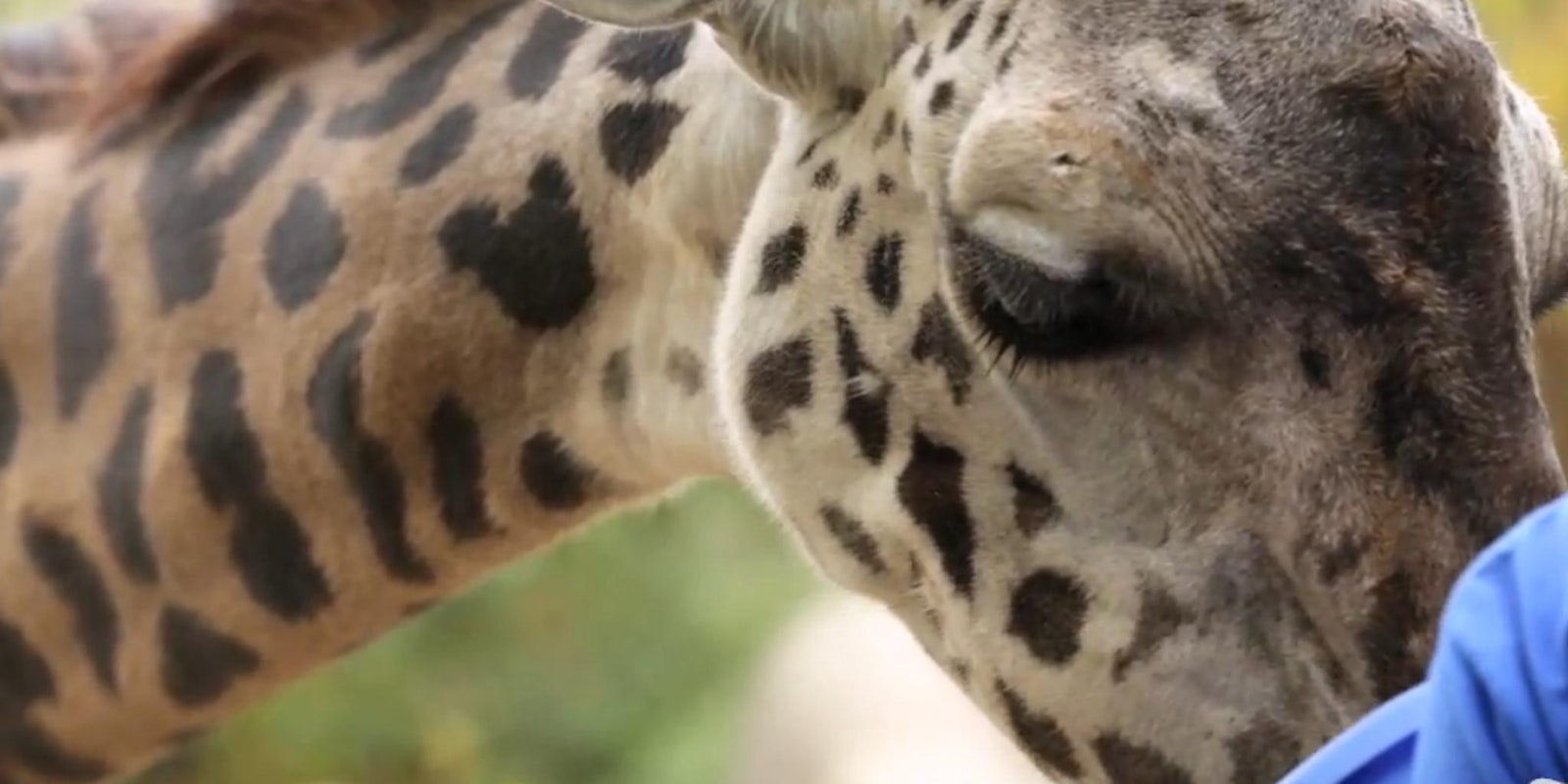BY ALEX HALBERSTADT
Dr. Vint Virga likes to arrive at a zoo several hours before it opens, when the sun is still in the trees and the lanes are quiet and the trash cans empty. Many of the animals haven’t yet slipped into their afternoon malaise, when they retreat, appearing to wait out the heat and the visitors and not do much of anything.
Virga likes to creep to the edge of their enclosures and watch. He chooses a spot and tries not to vary it, he says, “to give the animals a sense of control.” Sometimes he watches an animal for hours, hardly moving. That’s because what to an average zoo visitor looks like frolicking or restlessness or even boredom looks to Virga like a lot more—looks, in fact, like a veritable Russian novel of truculence, joy, sociability, horniness, ire, protectiveness, deference, melancholy and even humor.
The ability to interpret animal behavior, Virga says, is a function of temperament, curiosity and, mostly, decades of practice. It is not, it turns out, especially easy. Do you know what it means when an elephant lowers her head and folds her trunk underneath it?
Virga knows, because it is his job to know. He is a behaviorist, and what he does, expressed plainly, is see into the inner lives of animals.
Read the full story in the New York Times.
Screengrab via nytimes.com



